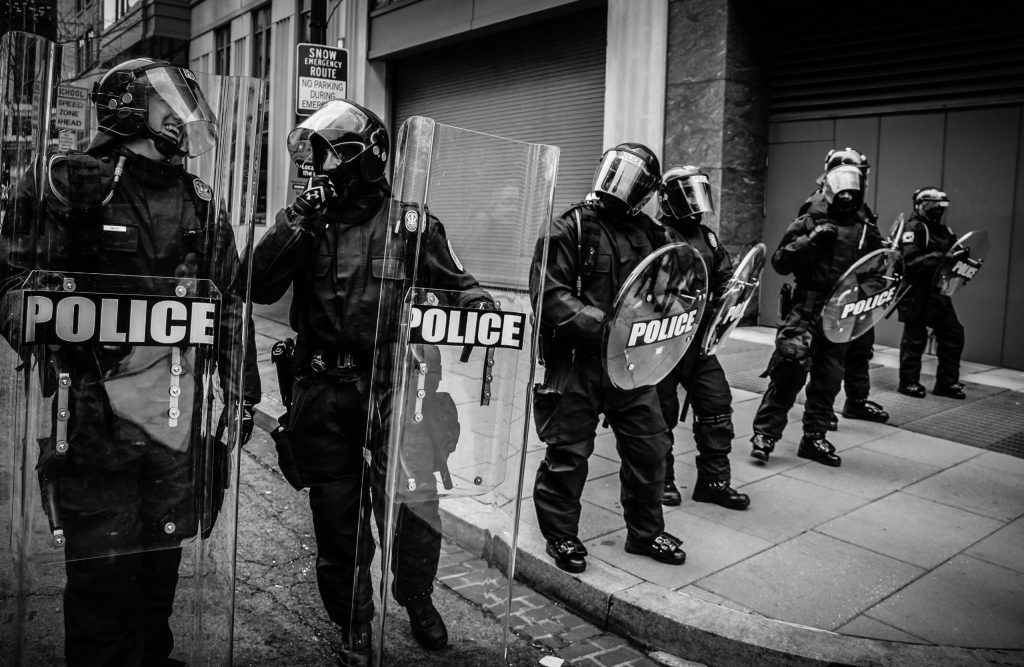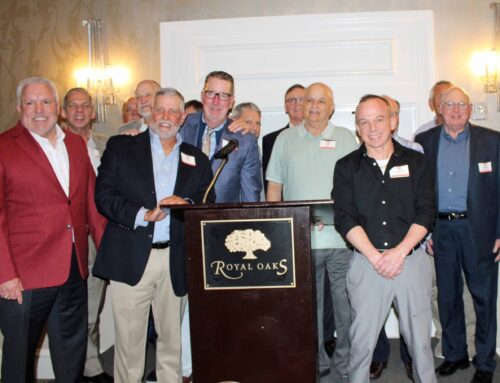

A surge of listeners tuned in to digital police scanner services during the 2020 protests. Spenser Young via unsplash
Last month we reported on (and are continuing to research and report on) the Dallas Police Department’s intended overhaul of its reporting system, which would remove information, such as complainant identities, from publicly accessible police reports. The proposed changes also would delay reports by at least 24 hours, which would render police portal’s “active calls” and sites such as dallaspolicewatch.com impotent.
While we’re waiting to speak with someone at Dallas Police Department about that whole thing, I want to bring up a related consideration — police scanners.
Once we lose the ability to observe police calls online in real time, we still have police scanners and Broadcastify and those digital news services such as DFW Scanner or Smash Da Topic for real-time reports and updates, right?
Not for long. Dallas Police Department is working toward a radio system replacement plan — has been for the past four years — that would “enable encrypted communications that cannot be intercepted by a third party.”
With its existing system the DPD can’t encrypt communication, but they can once they have this new system in place, thus our police-scanner listening days are numbered.
The only holdup is that the replacement system costs $6.6 million.
I haven’t seen an actual police scanner in years, but freelance photojournalist and operator of Dallas Police Watch Avi Adelman, who was one of the first on the scene of, for example, a house explosion in Oak Cliff last summer, says he uses both the live police calls and a scanner. He bought two scanners at Target for $90 each and says “you can program it on your computer via a usb cable, including the name of the ‘channel’ for the display.”
He says a 24 hour delay of police reports will make his Dallas Police Watch website “a joke” and will render him far less efficient when it comes to photographing breaking events.
According to the tech-media website Built In, 280,000 people tuned into the police scanner service Broadcastify over two days of police protests in 2020.
Built In reporter Stephen Gossett notes that, “as popularity in app-based police radio scanners ballooned in 2020, many departments began to encrypt their radio communications so only those within the department can receive messages.”
He goes on, “This presents an issue with public transparency, eliminating the ability for people to maintain real-time security within their own communities and reducing the already dwindling trust offered toward local police departments.”
The thing with both scanners and real-time police calls — they must be approached with the understanding that the scanner and the reports are not in and of themselves news.
They are tools that allow us to follow an incident and determine whether it is news. It gives us a starting point as well as a record on which to reflect when something does become an important story.
Will people misuse these tools? Of course. Does that mean we should be kept in the dark about potential crime, violence or other police activity in our neighborhood? Many — from hobbyists to journalists and law enforcement officials themselves, even — do not believe so, according to Gossett’s reporting.
The U.S. Department of Justice “Toolkit for policing” sums up the role and responsibilities of police and the community.
“Transparency is essential to positive police-community relationships. When a critical incident occurs, agencies should try to release as much information about it as possible, as soon as possible, so the community will not feel that information is being purposefully withheld from them.
“At the same time, it is also important to stress that the first information to emerge following a critical incident is preliminary and may change as more information becomes available. Police leaders should let the news media and the public know that early information may not be correct, and should correct any misinformation quickly.”
The pros and cons of the encrypted scanners entered the spotlight following the 2013 Boston Marathon bombings. That manhunt was a unique case in which the Boston Police Department requested that Broadcastify pause dispatch channels. It was one of a handful of times the service honored such a request, according to the Built In article. But it can be done in extreme cases. Note: Tactical, SWAT or otherwise sensitive operations already are unavailable to the public.
The article also touches on the various uses and advantages as well as the arguments in favor of encrypting police communications. One note of interest is that Chicago — the department where former police chief David Brown relocated — has one of the most robust “scanner communities” in the country.
We’re busy getting more info on the DPD’s plan to delay/ limit public access to active incidents and will report more soon. If you have thoughts, email chughes@advocatemag.com.





